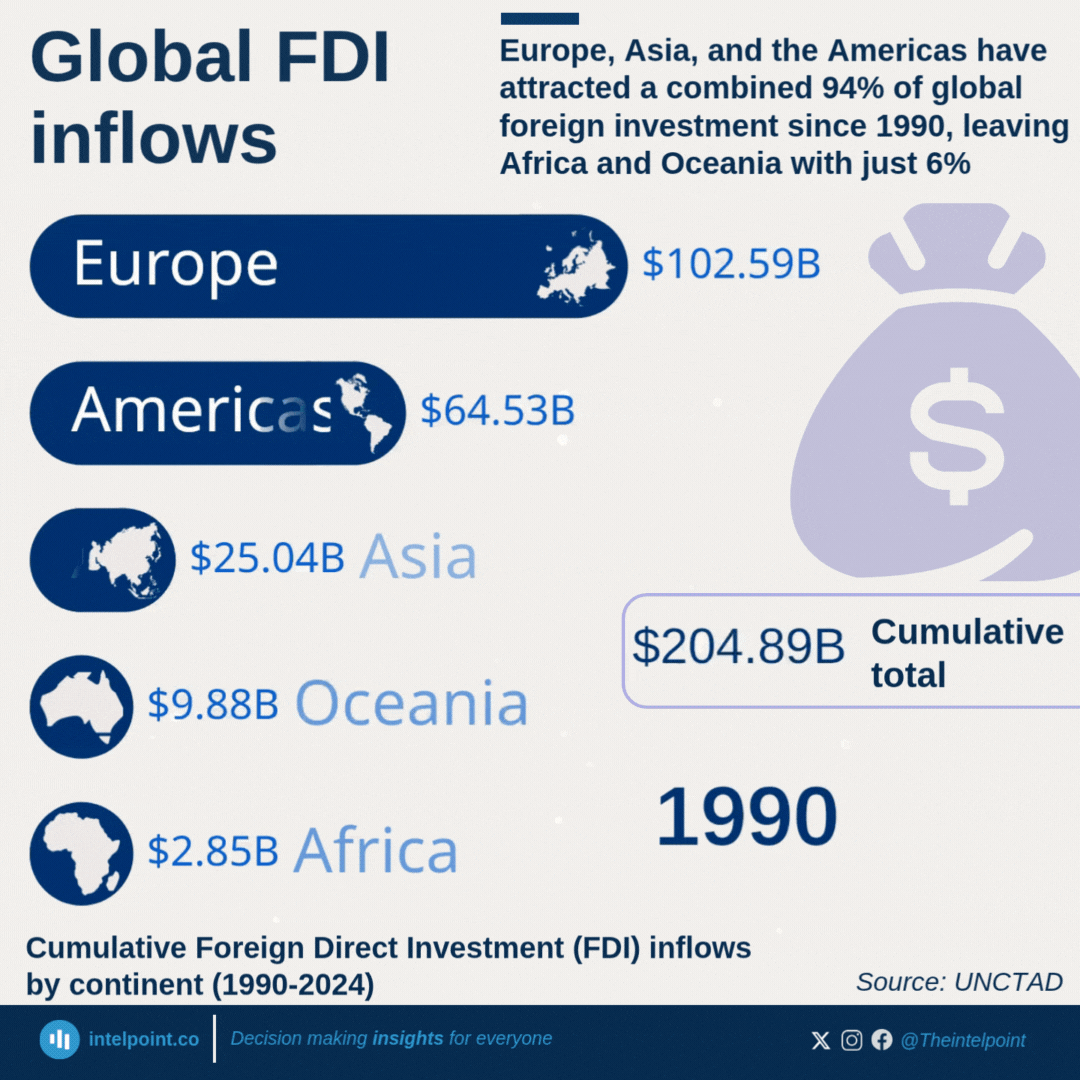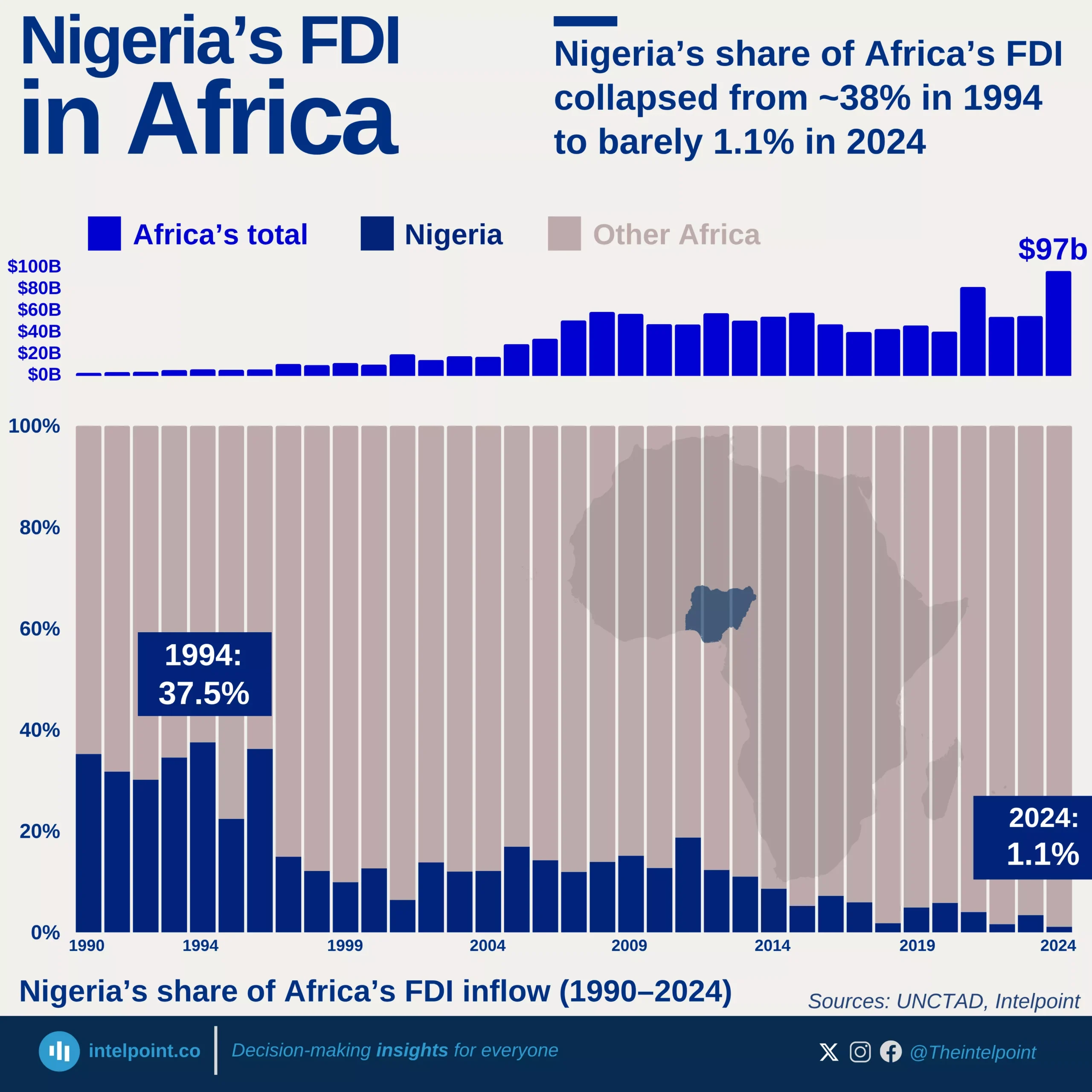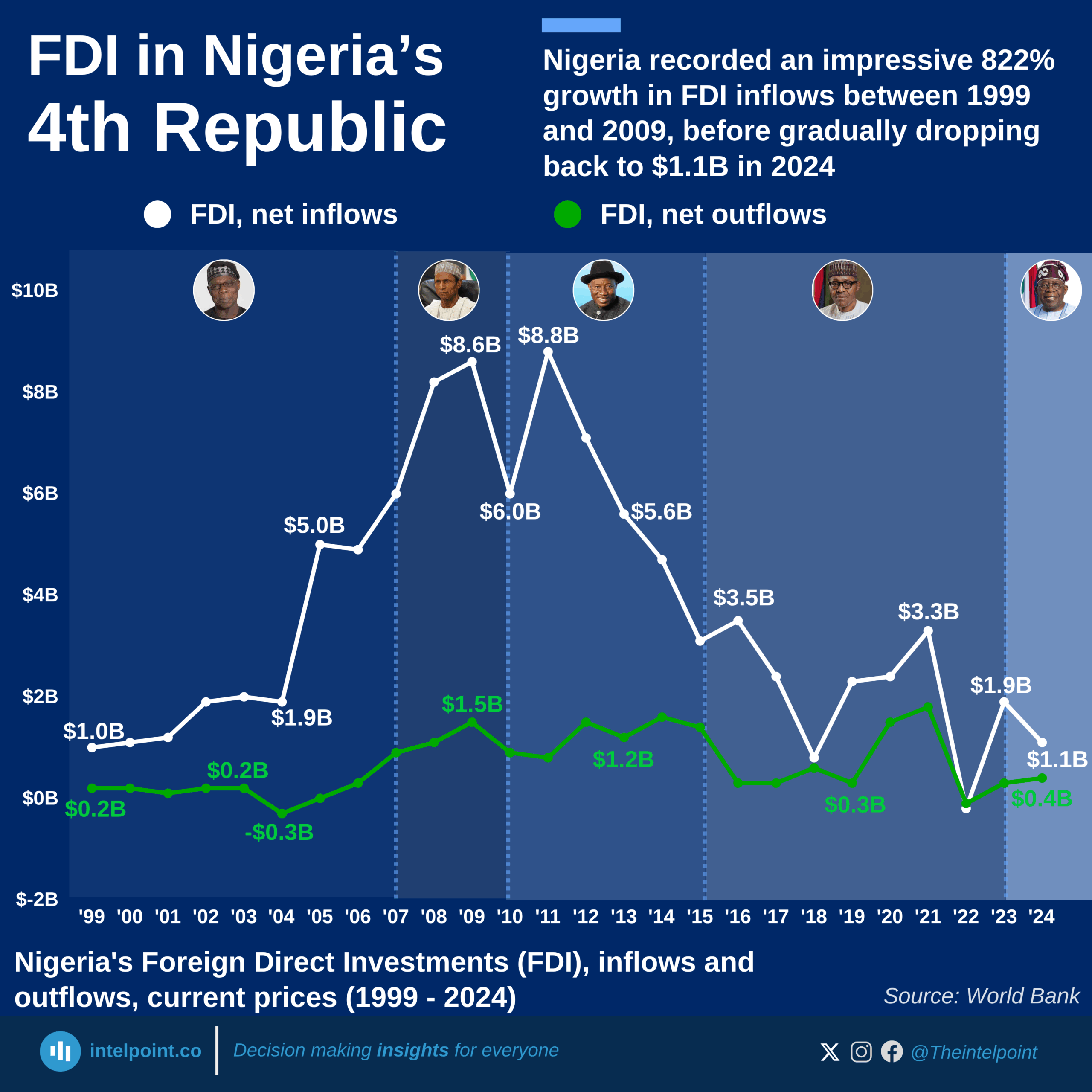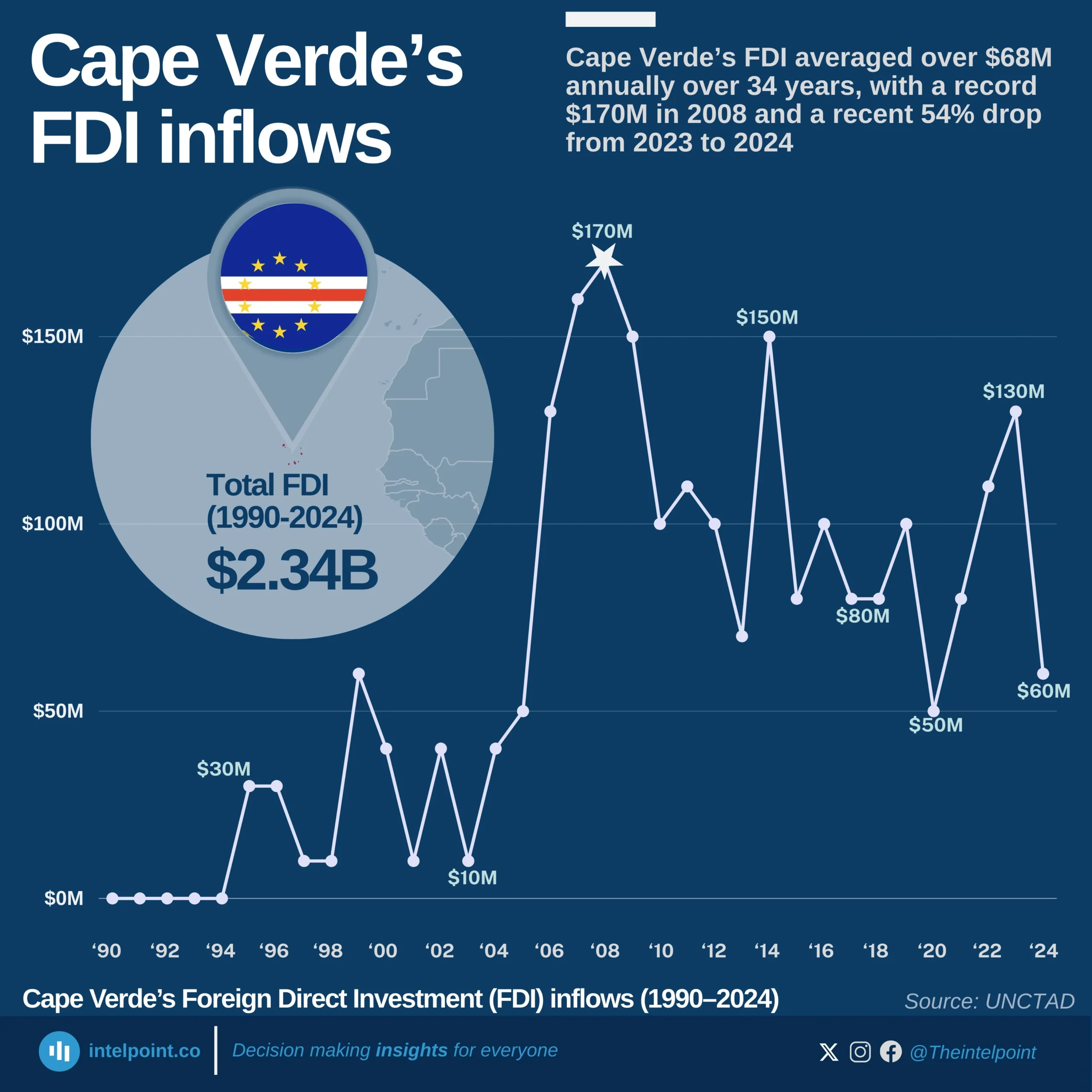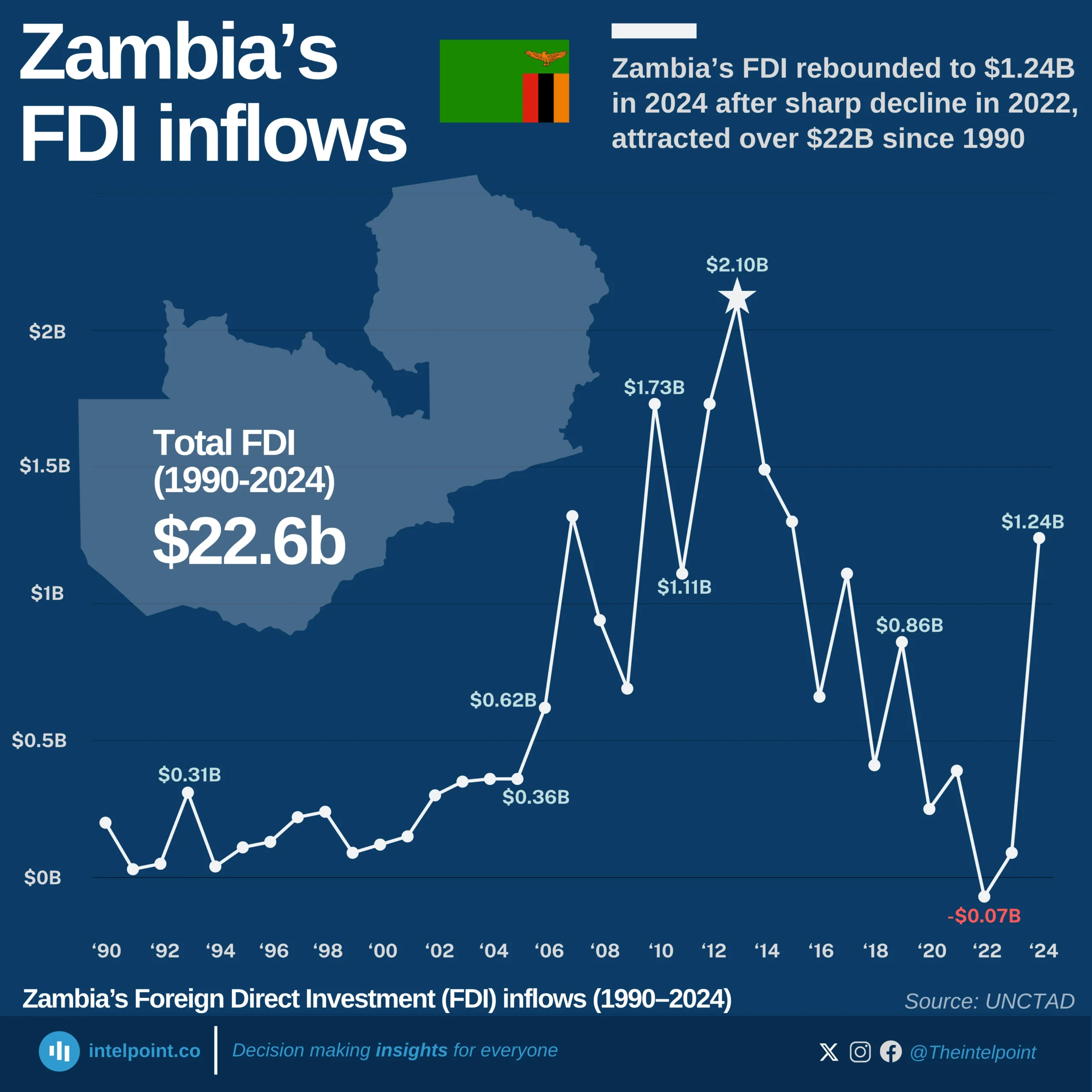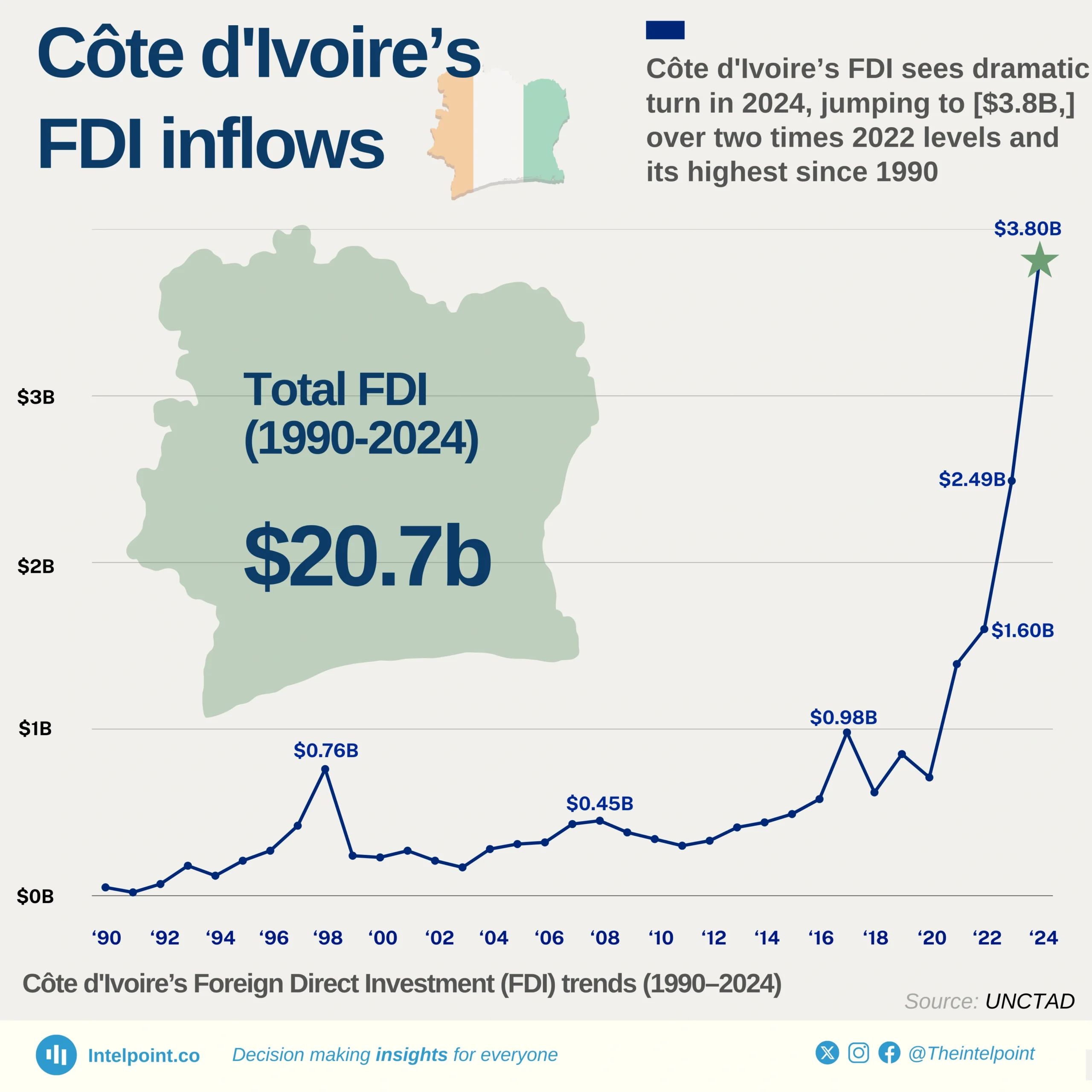Africa attracted a total of $97 billion in Foreign Direct Investment (FDI) in 2024, with North Africa taking the lead as the continent’s top destination for foreign investors. The region accounted for a massive 52% ($51 billion) of Africa’s total FDI inflows, emphasising its dominance and attractiveness for international capital. This concentration highlights how countries like Egypt and Morocco remain major investment gateways into Africa, thanks to relatively stable economies, strategic locations, and ongoing industrial development.
